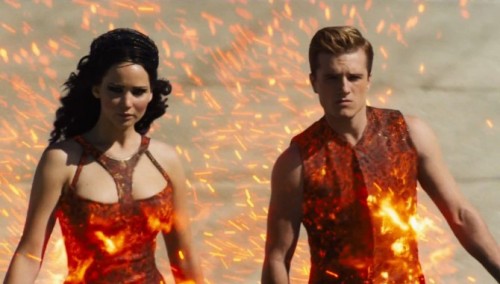
Below is a gallery from the 2004 adaptation of Jules Verne's novel called "AROUND THE WORLD IN 80 DAYS". Directed by Frank Coraci, the movie starred Jackie Chan, Steve Coogan, Cécile de France, Ewan Bremmer and Jim Broadbent:
"AROUND THE WORLD IN 80 DAYS" (2004) Photo Gallery
















































